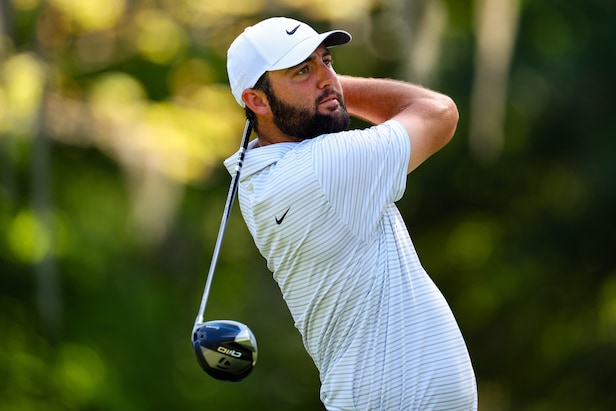How Scottie Scheffler Got So Good – Australian Golf Digest

- by Admin
- June 25, 2024
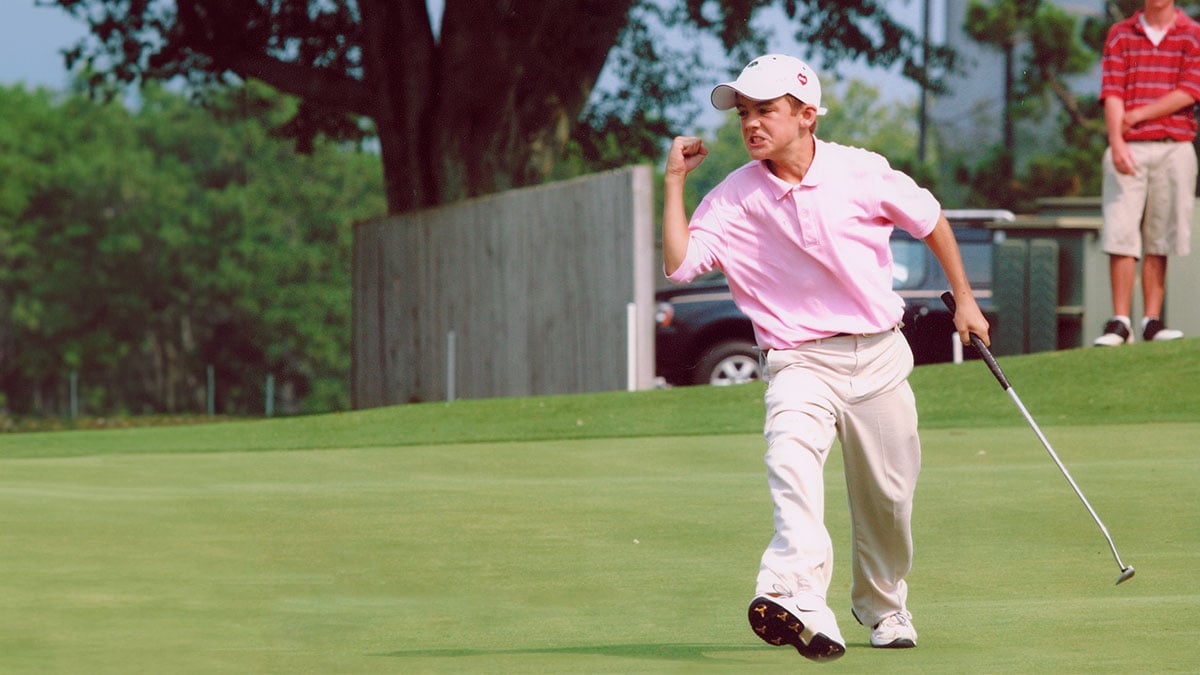
I watched a 6-year-old grow up to be world no.1
On Randy Smith
Few coaches have worked with players from primary school through to winning major championships. Randy Smith has done it twice – first with Justin Leonard and now as Scottie Scheffler’s coach of more than 20 years. They started together when Scheffler’s parents moved to Dallas and joined Royal Oaks Country Club, Smith’s home base since 1977. The precocious 6-year-old arrived on the Royal Oaks range in 2002 and grew in what was an almost perfect setting for a student with an insatiable appetite for improvement and competition. Here Smith, a Golf Digest Teaching Professional for more than 25 years and a member of the inaugural class of our Legends of Golf Instruction, as well as the winner of more national awards from the PGA of America than anyone in history – 18 and counting – tells the story from his front-row seat, with exclusive images from his personal archive. – Matthew Rudy
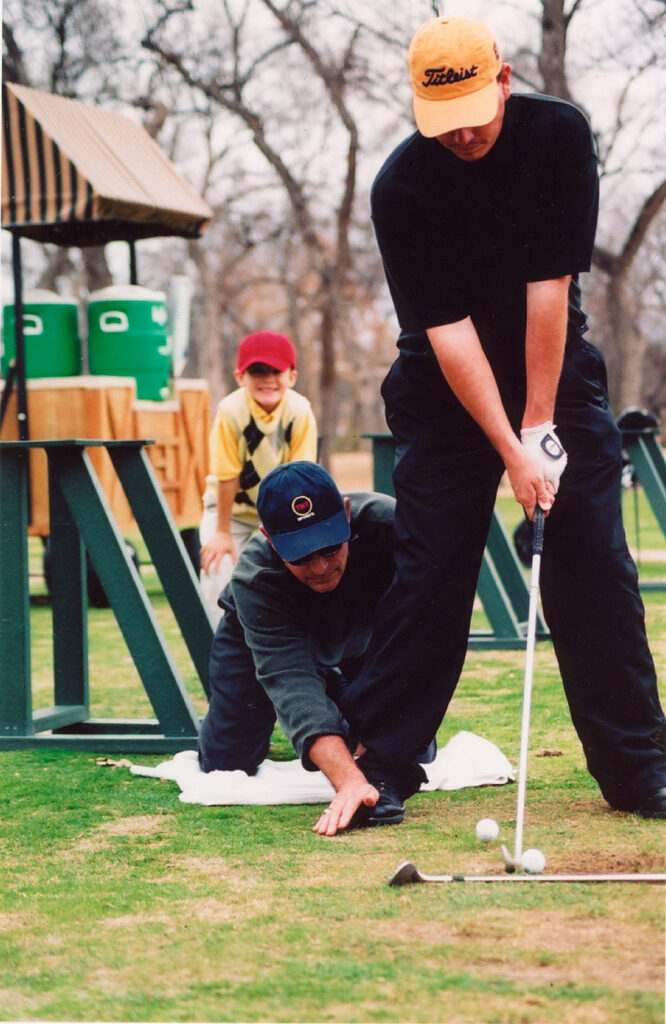
Scottie always pays attention.
That might have looked different when he was little bitty – and he was little bitty – but it’s a quality he has had from the beginning. We’ve been fortunate to have had a lot of good players around Royal Oaks through the years, and from almost the first day he was here, Scottie had this marvellous sense about him where he could read a situation and know when to keep his distance and when it was OK to move a little closer so that he could learn something from the tour players.
When Scottie was about 10 years old, I was working with Joel Edwards a bunch. Joel had won on the PGA Tour and Korn Ferry Tour, and he was in for some work on intermediate wedges. We’re grinding away, working on clipping the ball and changing trajectories for an 85-yard shot at a metal pole downrange. Scottie was sitting on the grass, cross-legged, watching us. Joel was doing great. He was really feeling better about his game, and you could feel the mood lighten. After a few more shots, Scottie had scooched closer, and he said, “Joel, are you trying to hit that pole?”
The past few shots had gone a foot past, a yard past, two feet to the right. These were great shots. Tour quality. Joel nodded to him, and Scottie said, “OK,” and shuffled off down the range line.
We didn’t notice it at first, but he had gotten out his own wedge – it was a full shot for him – and started going after the same pole. On the third ball, he hit it. It went off like a gong, and we all look up.
Scottie is laughing, and he pulls another ball over and hits that one to a foot. He hit 10 more balls and hit the pole three more times.
Putting? Same thing. He was always on the periphery of the practice green, watching me work with Harrison Frazar or one of the other tour guys. One Saturday afternoon after Harrison and I got done, Scottie challenged him to a putting contest. They go for more than an hour, back and forth, and they’re tied. Harrison had to leave the next morning for an event, but Scottie harassed him until he agreed to show up the next morning on his way to the airport. Long story short? Harrison left for DFW at 9 pissed off because he let the kid con him into a sudden-death putting playoff – and lost.
Why is this important? Because it speaks to the way Scottie thought about his game from the start. As Scottie’s soaking this all in, he’s not comparing himself to other 8-year-olds or other 10-year-olds. He’s comparing himself to a player on the Korn Ferry Tour, a PGA Tour winner or to the guy who just won the Open Championship.
You can have a great atmosphere for learning and all kinds of talent. You can be wide open for instruction and have a supportive family. I’ve coached plenty of players who have gone on to do great things with those elements in place. When you start talking about players who are good enough to make a living at the game, the separators get smaller and smaller. What separates Scottie is his fire. It’s not just competitiveness – though he has more of that than anyone I’ve ever coached. It’s the pure love of practising and experimenting and learning things on your own. It’s determination.
When Scottie first started taking lessons, he was using clubs designed for junior players. They were fine for what they were, but Scottie hit so many balls that he broke the faces of these cast clubs that were not designed for that kind of relentless punishment right on the sweet spot. I was affiliated with Cleveland at the time, and they had their tour department make a full set of tour irons for Scottie but with little graphite shafts and some weight shaved from the heads so that they were in proportion to the length. The wedges were real ones – a 56 and 60 – and was he so proud of those.
His clubs might have just reached the bottom of his bag by the time he started playing in big events against fully-grown competitors. Scottie was 13 the year the Texas State Amateur was played at Royal Oaks, and he was paired with college players who were a foot taller, 50 yards longer – and carried those big-time college logo bags. Scottie was in it, too, hanging around the top 20, but when he got to the 16th hole, a 220-yard par-3, he hated the idea of having to hit driver when the college players were hitting 5-iron. I told him I’d be watching from next to the green and that he’d better pick the right club. Sure enough, the big headcover came off. But the hole was playing downwind, so Scottie took it 20 yards left of the green, almost over the treeline, and hit a huge slice in there. It bounced off the fringe and rolled up to 12 feet, and he beat the college boys in his pairing.
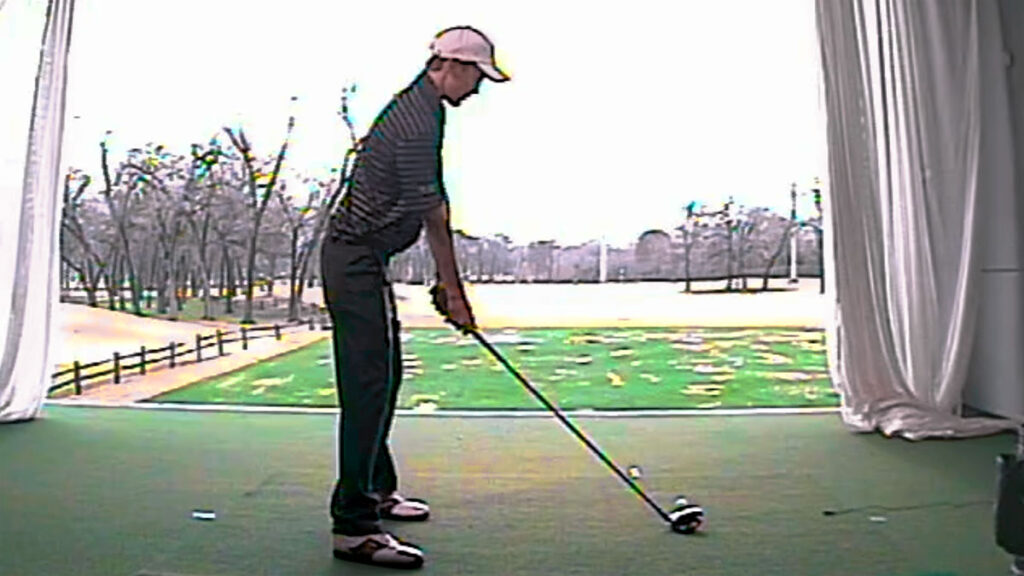



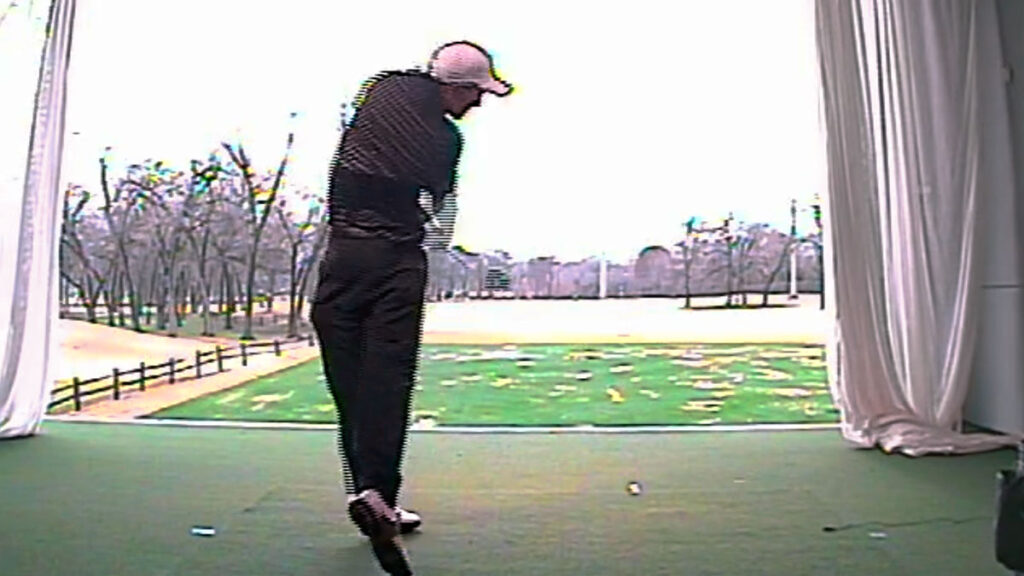
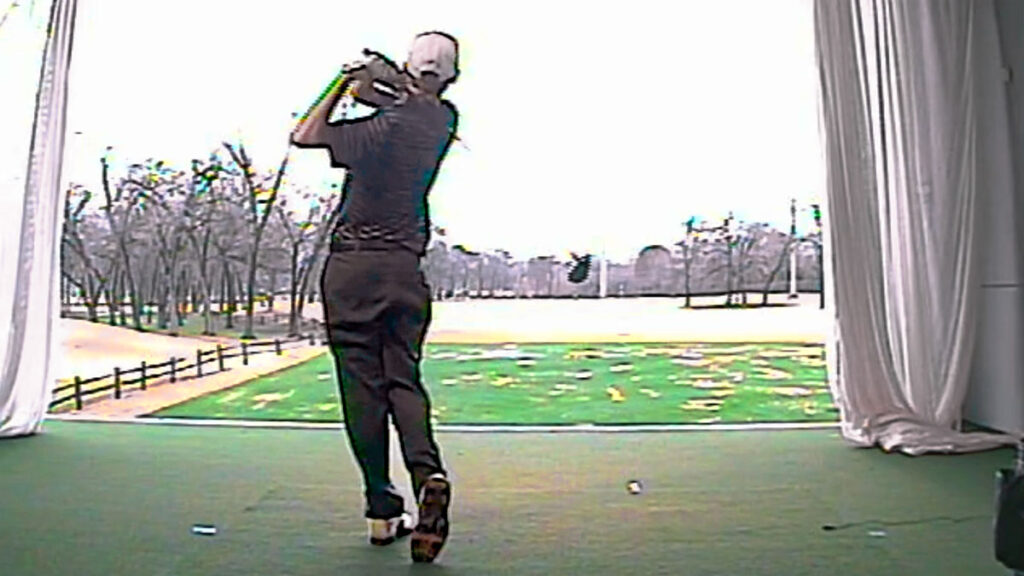

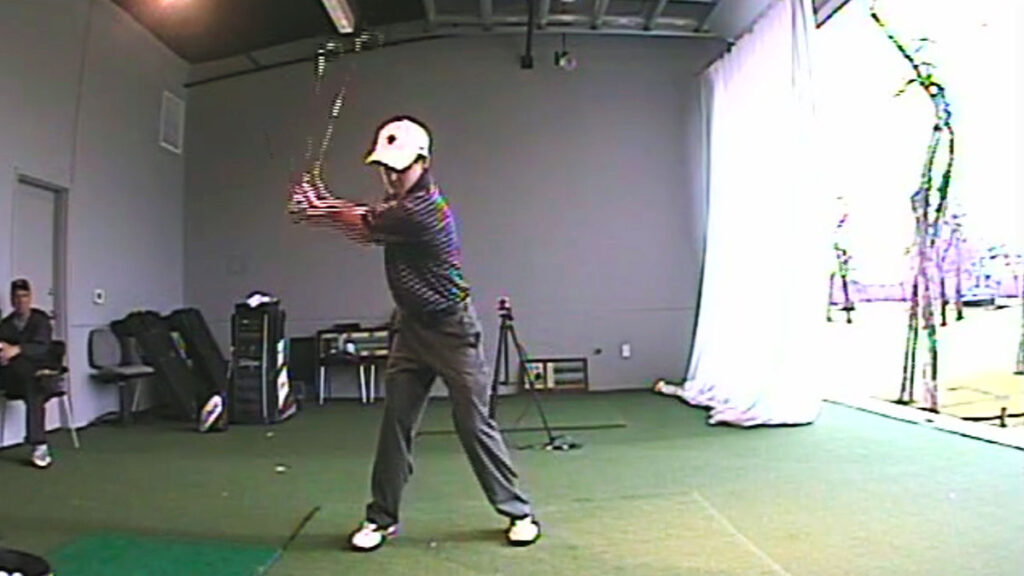
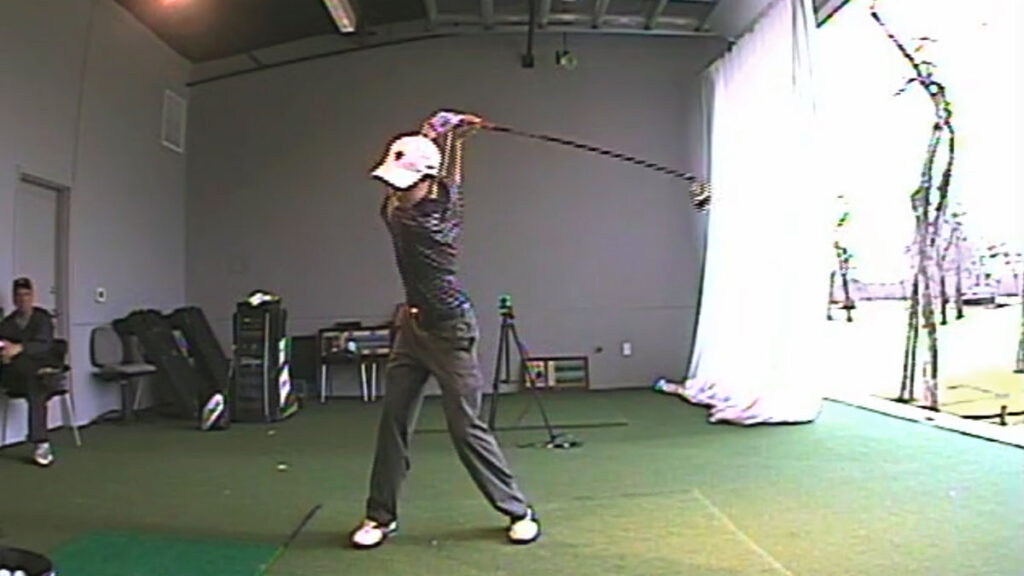
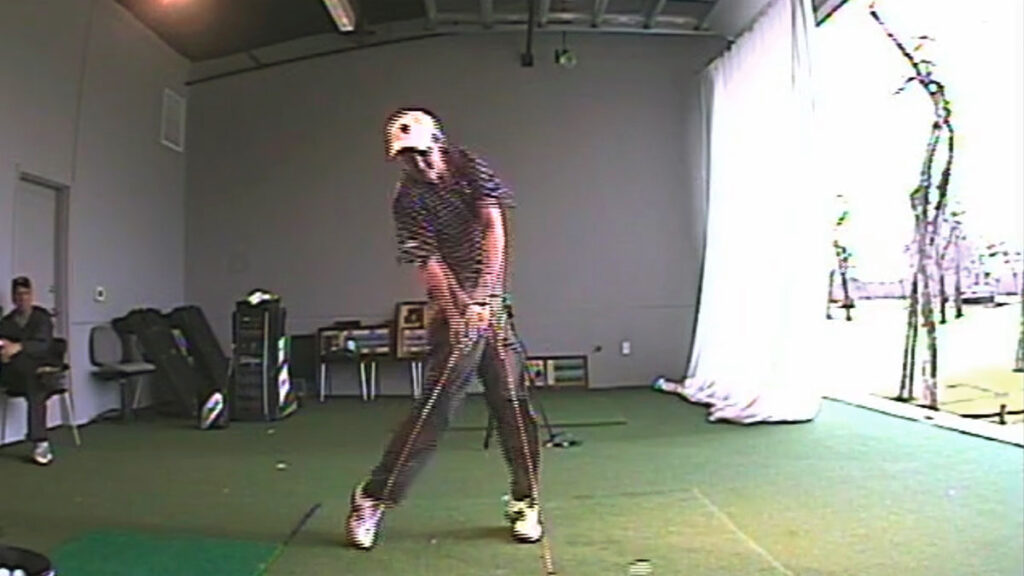
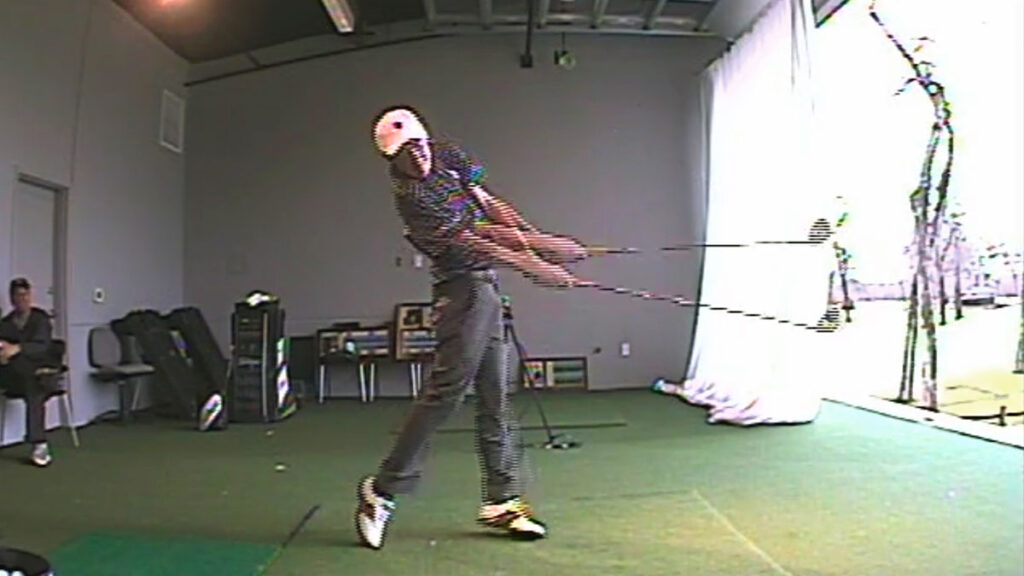
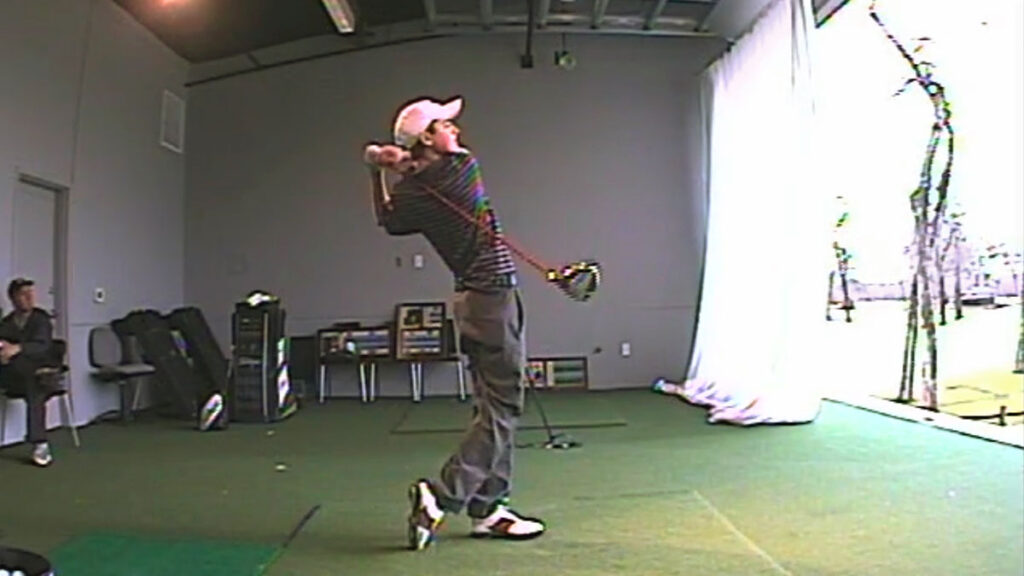
Of course, he didn’t always hit the right shot, and he didn’t always win the tournament. It might not seem like it today with all the talk about Scottie being “boring”. Nobody wants to play better more than Scottie, and as a younger player, his temper would get the better of him, not where you would necessarily see it – and not directed at another competitor or any other person – but you wouldn’t want to be a locker or the carpet in front of it because he’d scorch it. He learned to channel that into the desire to work on whatever it was that let him down. It became positive fuel. Instead of being humiliated by losing, he wanted to show what he could do the next time.
You can see how that has played out through the years. He’s so even now when he plays, which has served him well. When you’re the No.1 player in the world, the spotlight gets only brighter, and Scottie was going through some things with his putter recently. But what seemed like a big deal to people on the outside was something he handled the same way he did when he had a stretch of bad driving like he did in college. It’s just another one of those things you go through when you play golf. You figure out what’s going on, and you do something to address it. The locker room has stayed safe.
From a technical perspective, Scottie is so good today for the same reasons he was so good as a 5-foot high school freshman punching above his weight. His whole game is based on knowing where the clubface is. The only things we’ve ever done with his swing have been what was needed to keep that feeling of clubface awareness in place – not “fix” things that other people think look less than traditional. No way in hell I was going to mould him into a swing I felt looked good. Every swing he has ever made was one that felt good to him. If you changed him to be by the book, so to speak, it wouldn’t be as exciting for him. It would put a dampener on his creativity, the Let me see if I can hit this shot. His creativity is beyond anything I’ve ever witnessed. To this day, he can make “mistakes” in his swing all day long, but by the time he gets to impact, he has it corrected. When he has to make those corrections more than he likes, he asks questions, and it’s my job to help him navigate what it takes to get his feels back. At the Masters, it was his left hand position – a tiny adjustment that got his left thumb so that it was seated better in his right hand. That hardly sounds revolutionary, but it’s a big deal. It’s having the drive to improve, the courage to demand real critique and real answers and the maturity to commit to the process.
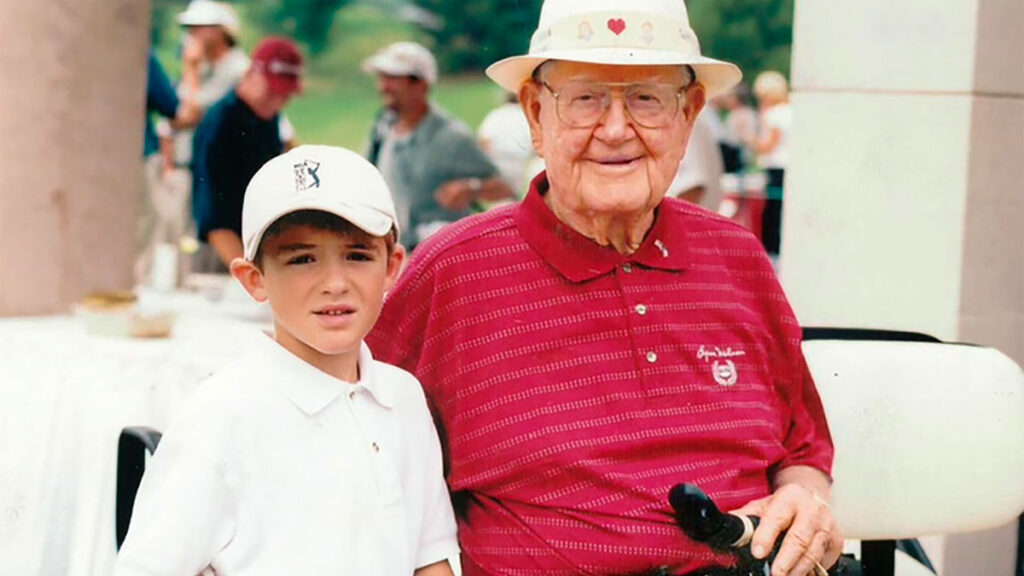


When you look at Scottie’s career trajectory – more than a hundred junior trophies, three straight high school individual titles, US Junior Amateur champion, freshman of the year in college, Korn Ferry Tour Player of the Year and now multiple major winner and world No.1 – it’s tempting to think it has been easy. Every player must fight through adversity, and Scottie is no different. What is different is his approach to the tough times. He embraces them and treats them in an almost matter-of-fact way – whether they’re physical or off-course.
In high school, the week before the state tournament, Scottie sprained his ankle playing basketball and was in a walking boot. Most players would withdraw. Scottie was at the range the day after the boot went on, saying, “OK, how do we hit shots in this thing?” We worked out how to hit a back-foot driver, and he walked and carried his bag to the state title. In college, he swiped a mesquite bush in a temper tantrum and buried a thorn deep in his thumb, to the bone. The doctors said it would require surgery to remove it. He played with it. The trainers kept bringing him bags of ice, and he kept hitting great shots. Most of his college career he spent dealing with various nagging injuries and the aftermath of growing a foot-and-a-half over the course of a few years.
The best round I’ve ever seen him play – and he has played a lot of great rounds – was at the PGA Championship this year. I was waiting for him on the range that Friday morning when all the crazy stuff with the police happened, and we had 53 minutes to get ready. I told him it was all about his head, and he knew how to handle it, and he did. To go out there and use the adrenaline and harness the adversity to fuel his competitive fire and shoot 66? I was proud of how he played, and more importantly, how he handled it all. He understood what was happening, he appreciated the people who were trying to help him, and the guy you saw talking about it afterwards is the person he really is.
No matter the situation, he’s always himself.
The Latest News
-
December 28, 2024Scottie Scheffler out of The Sentry with hand injury suffered on Christmas – Australian Golf Digest
-
December 28, 2024Nitish Kumar Reddy blossoms to give India hope as century stalls Australia
-
December 28, 2024Demon finds early form to save Aussies in Cup tie
-
December 28, 2024Kyrgios slams ‘cheat’: Australian on comeback trail hits out at world No.1
-
December 28, 2024The moment the Boxing Day Test took a turn for the worse for Australia
